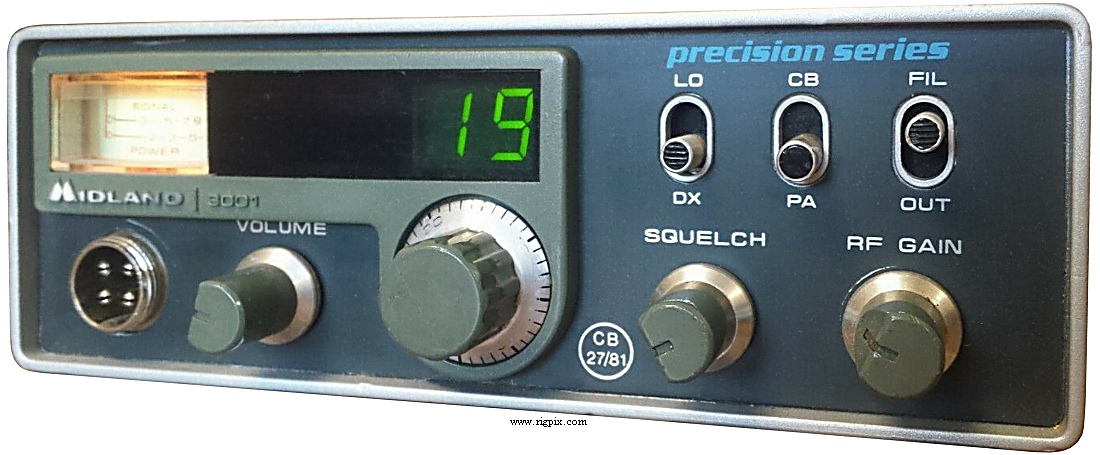
Freeband frequencies to avoid license#
A CB radio or Personal Radio Service Device under Class Assignment does not need an individual license to operate in Malaysia if it adheres to the rules of the Warta Kerajaan Malaysia, Communication and Multimedia Act 1998 (Act 588), Notification of Issuance Of Class Assignment, P.U.(B)416 Jil. A short-range radio communications service for recreational use is from 477.5250–477.9875 MHz FM mode with 38 channels and a power output of 500 mW. Channel 9 is reserved for emergencies, and channel 11 for calling. On UHF 477 MHz, citizens band PRS radio devices are allowed 5 watts power output on FM on 39 assigned channels spaced at 12.5-kHz intervals between 477.0125 MHz and 477.4875 MHz. Channel 9 is reserved for emergencies, and channel 11 is a calling channel. The frequency band is HF, 26.9650 MHz to 27.4050 MHz (40 channels), power output is 4 watts for AM and FM and 12 watts PEP for SSB. Whether the Coast Guard should monitor CB radio caused much controversy, but they did, using Motorola base stations at their search and rescue stations. Business caught on to this market, and introduced marine CBs containing a weather band (WX). Coast Guard Since the price of CB was dropping and was still expensive, many boaters installed CB radios. This helped prevent overcrowding on Channel 11, enabling a CBer to monitor a town's home channel to contact another CBer from that town instead of a making a general call on Channel 11.Boating and the U.S. It was common for a town to adopt an inter-station channel as its 'home' channel. During this early period, many CB radios had 'inter-station' channels colored on their dials, while the other channels were clear or normally colored (except channel 9, which was usually colored red). Channels 1-8 and 15-22 were reserved for 'intrastation' communications (among units with the same license).Īfter the inter-station/intra-station rule was dropped, channel 11 was reserved as a calling frequency (for the purpose of establishing communications) however, this was withdrawn in 1977. Until 1975, only channels 9-14 and 23 could be used for 'interstation' calls (to other licensees). The FCC simply rounded up the old '5 watts DC input to the final amplifier stage' specification to the new '4 watts output as measured at the antenna connector on the back of the radio', resulting in a far simpler and easier specification.Initially, the FCC intended for CB to be the 'poor man's business-band radio', and CB regulations were structured similarly to those regulating the radio service. The older 23-channel radios built under the old specifications typically had an output of around 3.5 to 3.8 watts output when measured at the antenna connector. The old specification was often used in false advertising by some manufacturers who would claim their CB radios had '5 watts' long after the specification had changed to 4 watts output.

The current specification is simply '4 watts output (AM) or 12 watts output (SSB)' as measured at the antenna connector on the back of the radio. With solid state radios becoming more common in the 1970s, the FCC revised this specification at the same time the authorized channels were increased to 40. ' is a sequel to 'Convoy' recorded by C.W. ', a novelty song made famous by, who - recording as Cledus Maggard & The Citizen's Band - enjoyed a brief run of national popularity with the song when it became popular in.

In the UK, DJs and covered the song with an altered UK song text, released as Convoy GB under the moniker 'Laurie Lingo & the Dipsticks', chart-peaking at #4 in the spring of 1976. 's ' (1975), which climbed to #1 in the in January 1976, to #2 in the UK Charts during the spring of 1976, and inspiring the 1978 film of the same name. The phenomenon also inspired several popular and country music songs in 19.
Freeband frequencies to avoid series#
Films such as (1977), (1977) and (1978), made heavy reference to the phenomenon, as did television series such as (debuted in 1974) and (debuted 1979) helped cement CB radio's status as a nationwide craze in the United States over the mid- to late 1970s. Lax enforcement of the rules on authorized use of CB radio led to widespread further disregard of the regulations (notably in height, distance communications, licensing, call signs and transmitter power).The popularity of the use of CB radios in 1970s made its way into films, television, and music by the late 1970s.


 0 kommentar(er)
0 kommentar(er)
